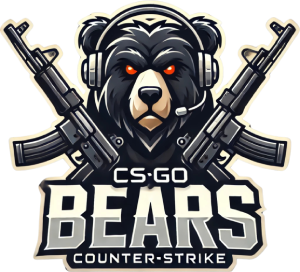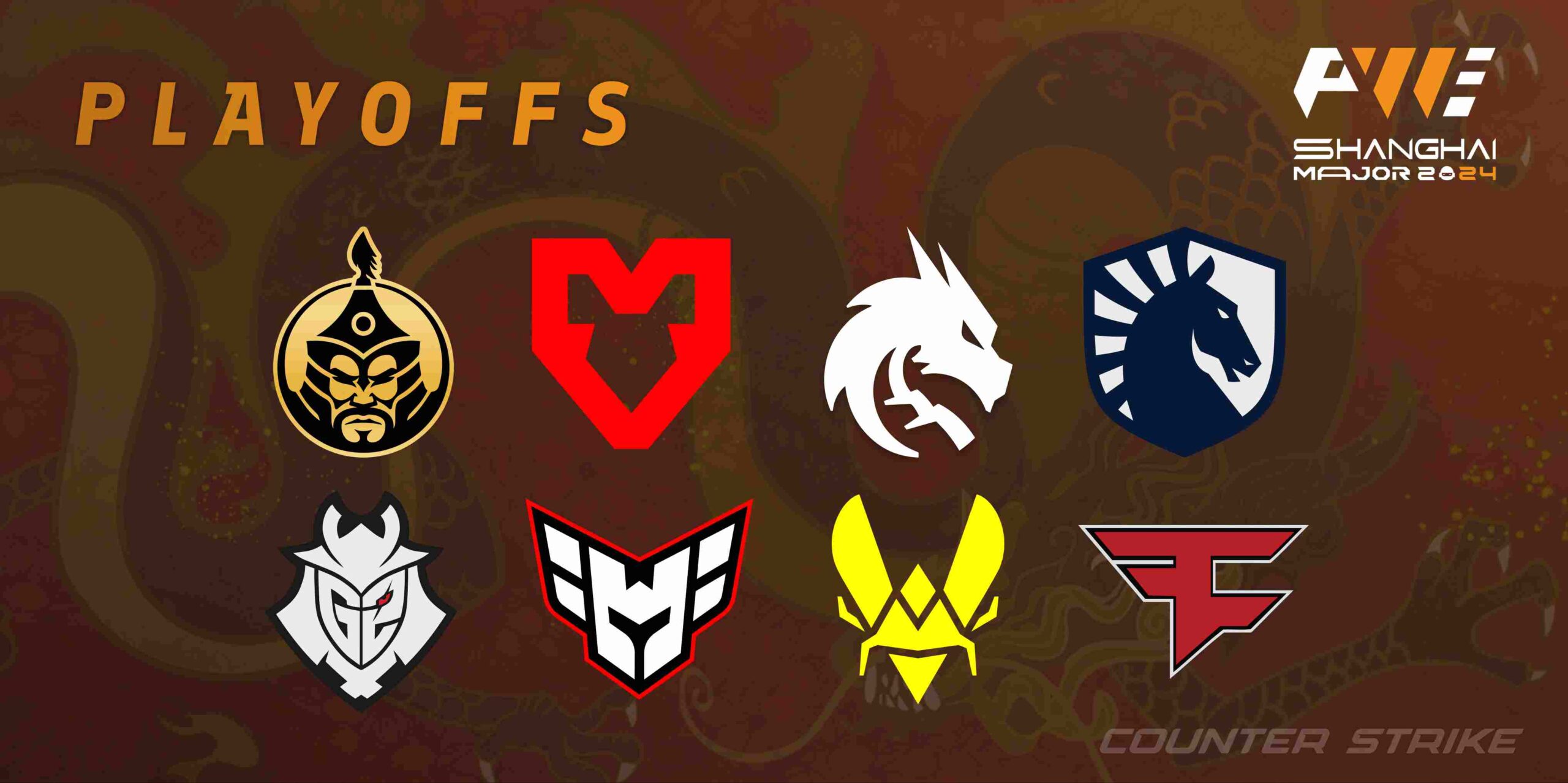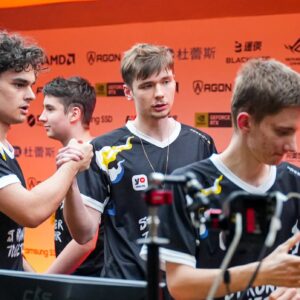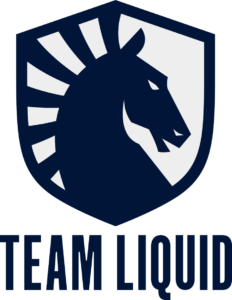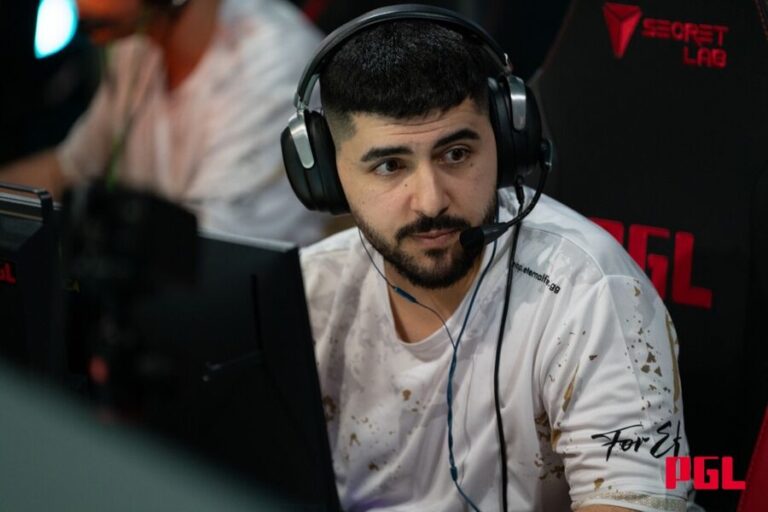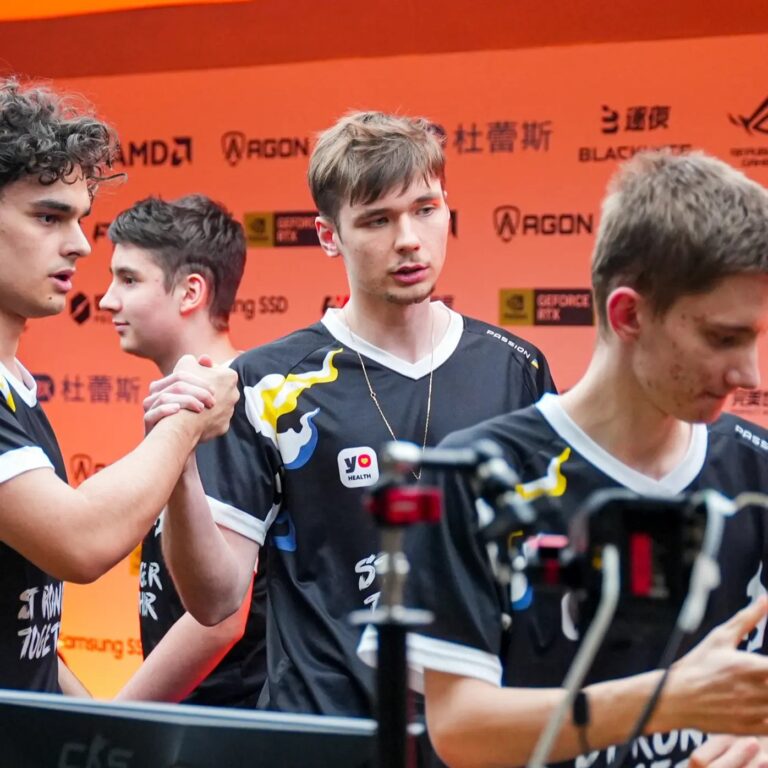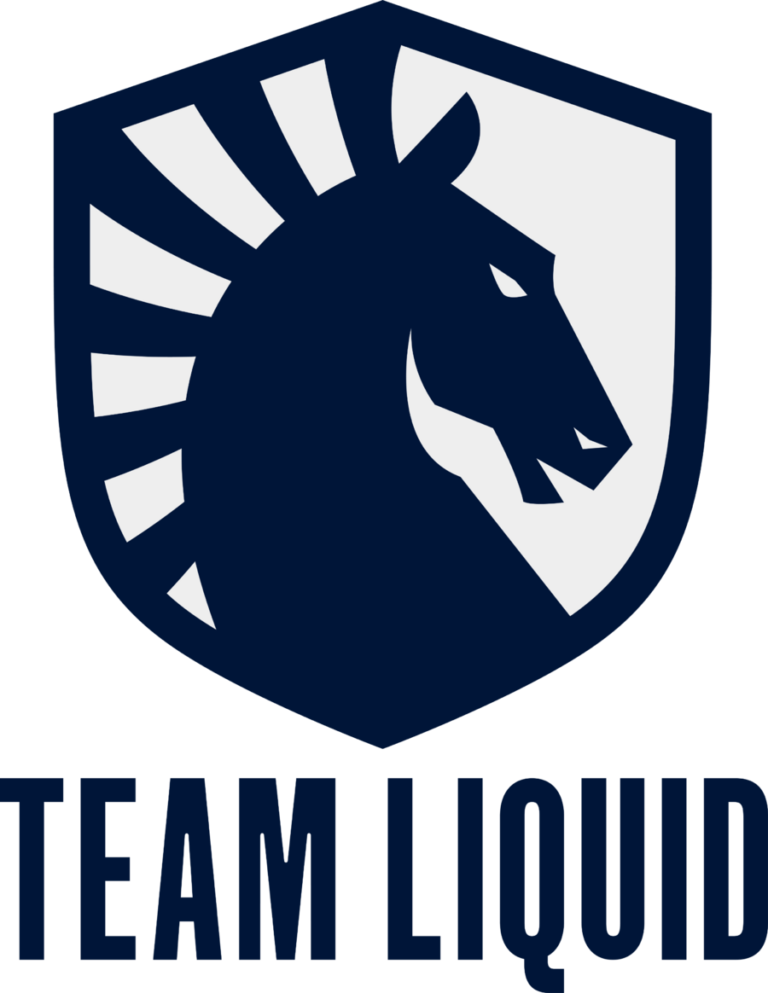The Elimination Stage of the Perfect World Shanghai Major 2024 showcased thrilling matches and revealed intriguing patterns in map selection. The data highlights which maps were most frequently chosen by teams and which were largely avoided due to frequent bans.
Most Played Maps
Mirage emerged as the top pick and played 17 times, making it the most popular map of the stage. Interestingly, it was banned 16 times, reflecting its versatility and critical strategic role. Its near-perfect balance between CT (49%) and T (51%) win rates further solidifies its reputation as one of the tournament’s most even battlegrounds.
Despite being played only 8 times, inferno ranked as the second-most popular map. It was banned 25 times, indicating teams’ reluctance to use it due to the T side’s significant advantage, with attackers claiming 60% of rounds. This imbalance makes defensive play particularly challenging.
Ancient also saw 8 plays but had fewer bans at 21. The map favored the attacking side, with a 56% win rate for T teams, suggesting that teams willing to gamble on it often found offensive success.
Least Played Maps
Vertigo was the least played map, appearing only three times and being banned a staggering 29 times—the highest ban rate of the stage. Despite a slight CT-side advantage (54% win rate), its low play frequency raises questions about its future in competitive tournaments.
Anubis, similarly underused, was played 4 times and banned 28 times. This map heavily favored the attacking side, with T teams winning 62% of rounds, posing a significant challenge for those less confident in their offensive strategies.
Moderately Popular Maps
Dust II and Nuke were each played 7 times and faced 25 and 24 bans, respectively. These maps remain staples for many teams, offering a balanced mix of offensive and defensive opportunities and maintaining their status as reliable tournament choices.
Potential Adjustments to the Map Pool
The trends from the Elimination Stage highlight a clear divide in map preferences. Vertigo’s consistently low popularity across tournaments suggests it might be time for a replacement. Introducing fresh maps or reintroducing classics like Train or Cobblestone could revitalize the competitive map pool and offer new challenges for teams.
With the playoffs on the horizon, it will be fascinating to see if teams follow these trends or surprise us with unexpected map choices. The stage is set for even more exciting matches—stay tuned!
